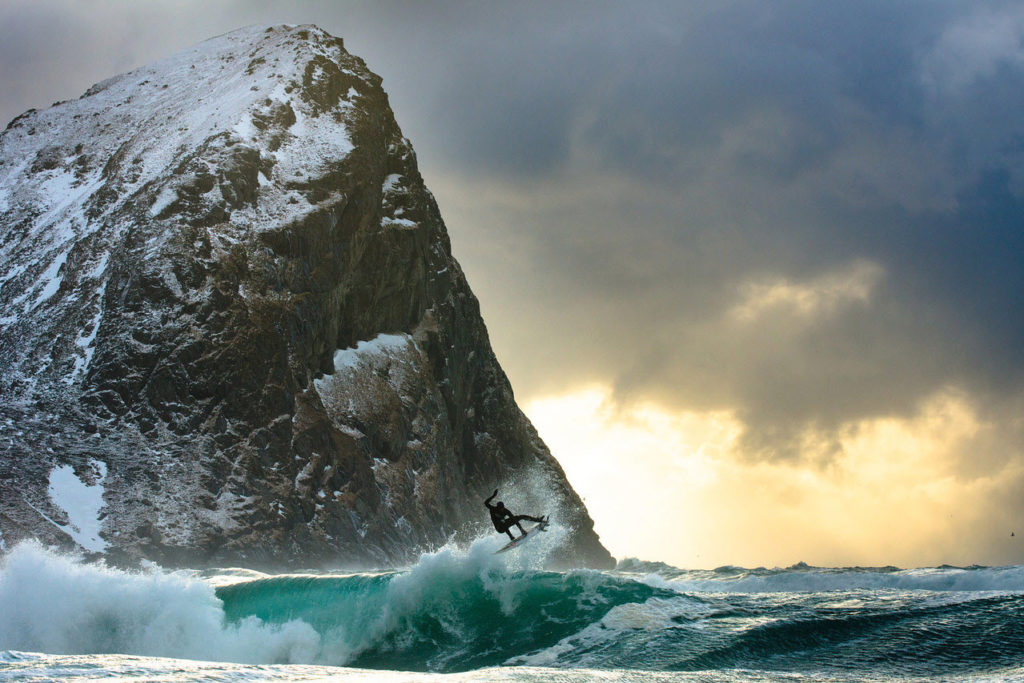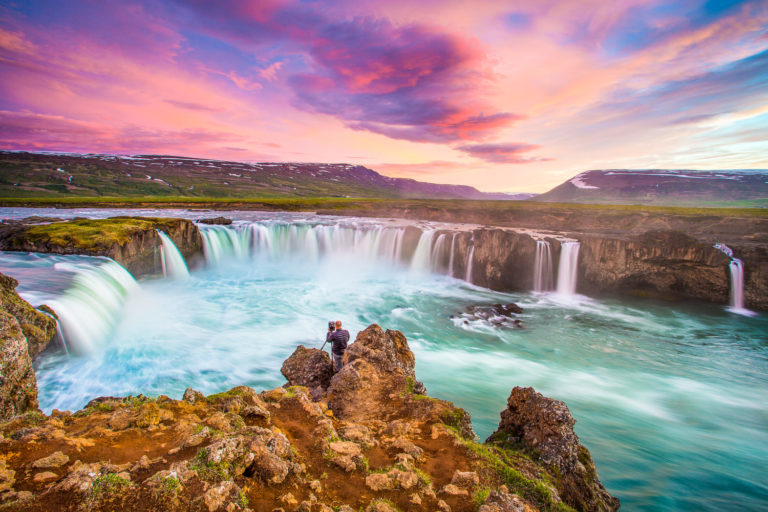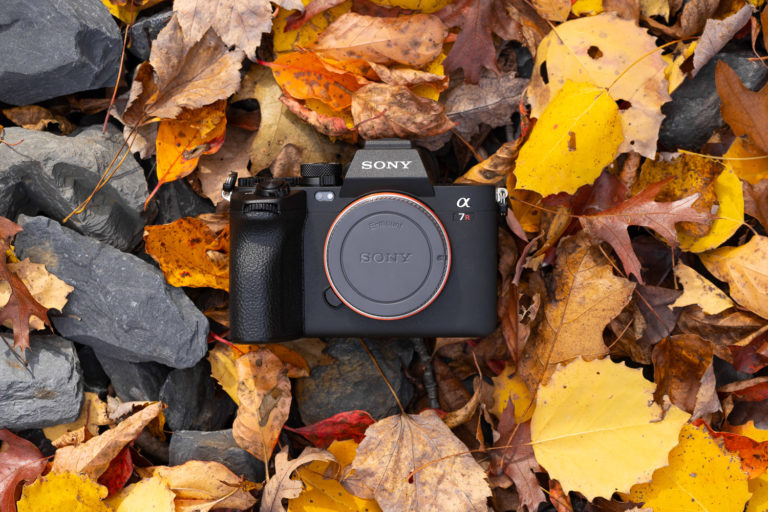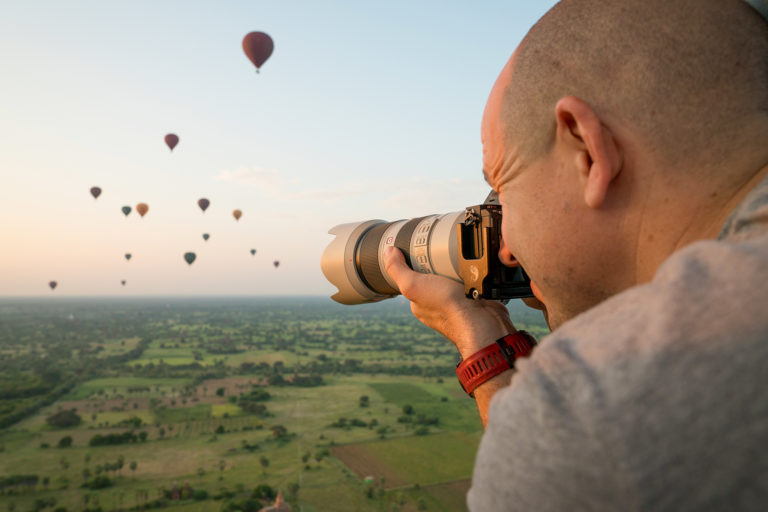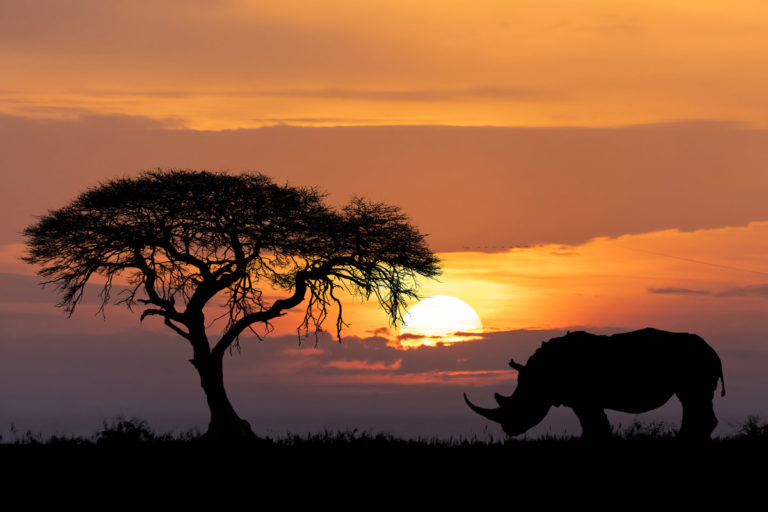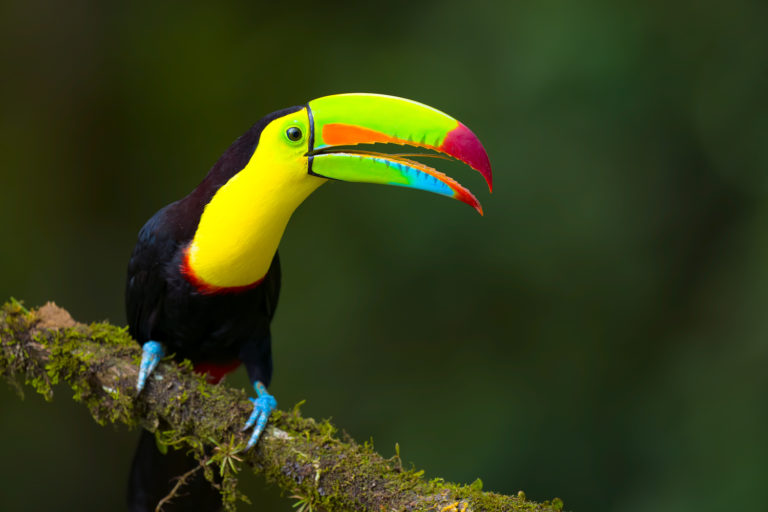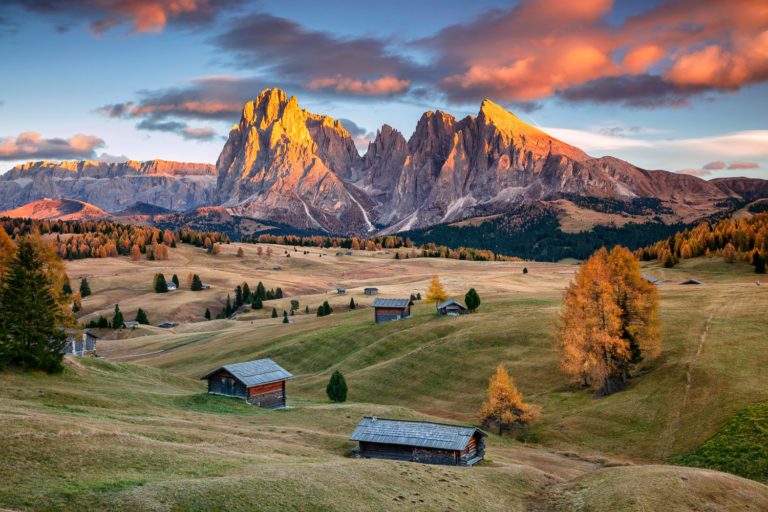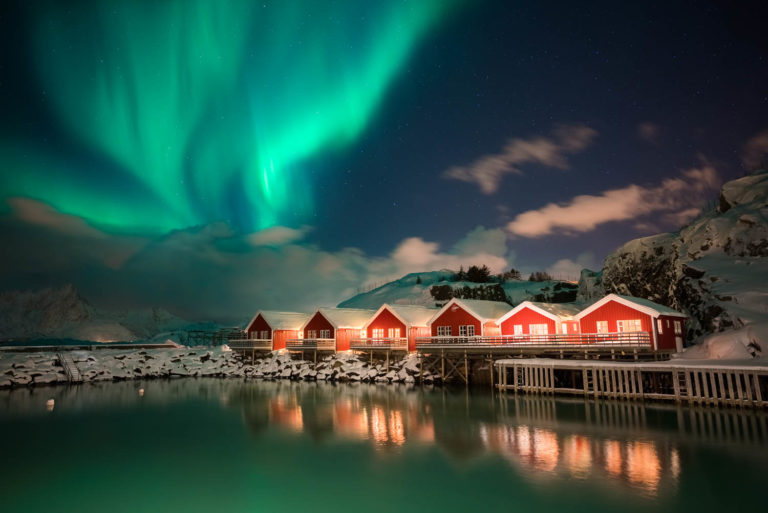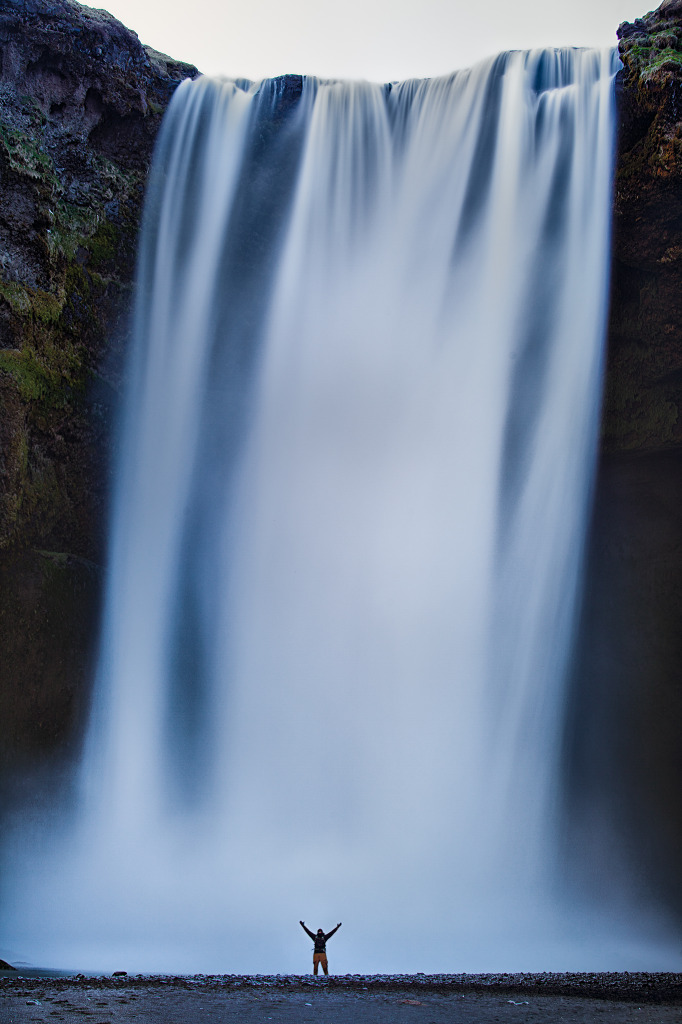 When it comes to professional photography, you commonly find that photographers choose to specialize in a specific genre, such as wedding, landscape or travel photography for example. Some photographers even take this to the next level, labeling themselves as “HDR” photographers or “Black and White Fine Art” photographers. This mindset is certainly not endemic to just the photo industry and is in reality…usually just business 101. If you want to make a name for yourself or your brand, it can help to have a business that your customers or clients can associate with a very specific style or type of photography.
When it comes to professional photography, you commonly find that photographers choose to specialize in a specific genre, such as wedding, landscape or travel photography for example. Some photographers even take this to the next level, labeling themselves as “HDR” photographers or “Black and White Fine Art” photographers. This mindset is certainly not endemic to just the photo industry and is in reality…usually just business 101. If you want to make a name for yourself or your brand, it can help to have a business that your customers or clients can associate with a very specific style or type of photography.
It makes sense. FedEx is a shipping company. Whole Foods sells health food/products. Mike’s Camera in Denver sells…well photography equipment. It has been proven to work for various businesses across multiple industries. So why have I never enjoyed this mindset? I find it limiting, not only from a business standpoint but a creative one as well. Are there that many full-time photographers truly only interested in a single kind of photography? In my case, I am not a landscape photographer any more than I am a travel or humanitarian photographer. In fact…I am just a photographer. My interest in this visual art form has always extended beyond just one specific realm of photography, so why should I settle for less when it comes to my businesses?
Discovering Photographers Hidden Interests
As an art form, photography is an amazing way to not only express oneself, but also capture the world around us. It is within this context that I find it hard to believe that many of my professional colleagues hearts lay only within their specialty within photography. A great example of this is my good friend Chris Burkard. In terms of his career, Chris is easily on of the best surf photographers in the world right now. Without a doubt, you have seen his images on covers of countless magazines, winning photography contests left and right and throughout the interwebs (he is one of the most effective photographers when it comes to leveraging Social Media).
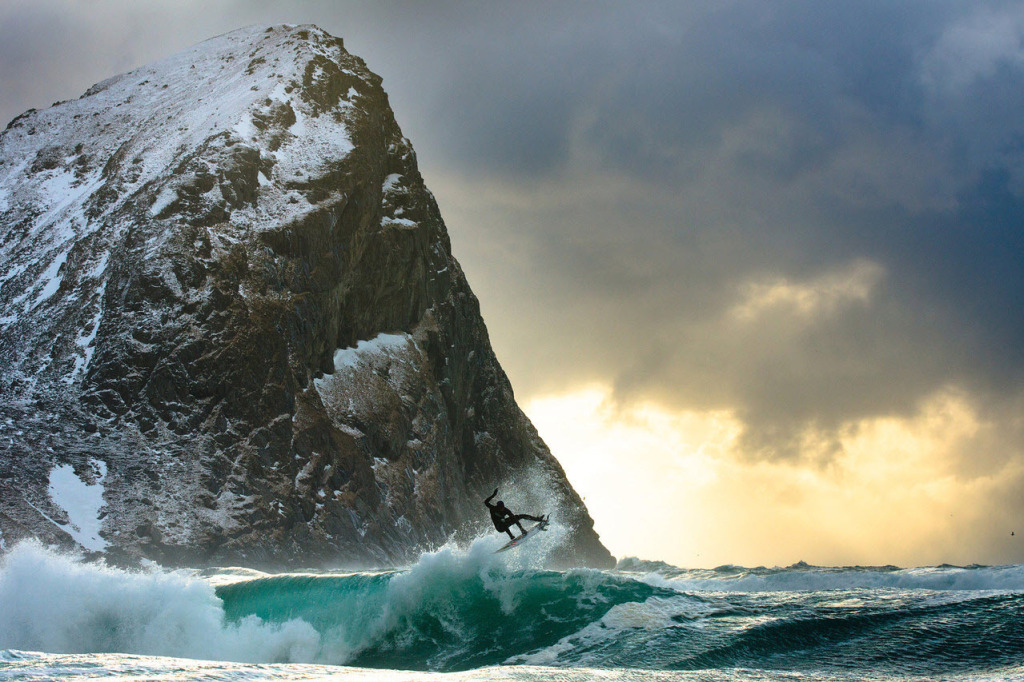
All this being said, Chris’s passion for the art form extends beyond just surf photography. He has a true love for both travel and the outdoors/nature as well. Luckily, his travel through his main stay, surf photography, allows him expand his portfolio into these other interests at the same time. However just like most photographers, his brand is surf photography and unless you combed through his website, you might not know that his skills in photography expand beyond what most associate his name with.
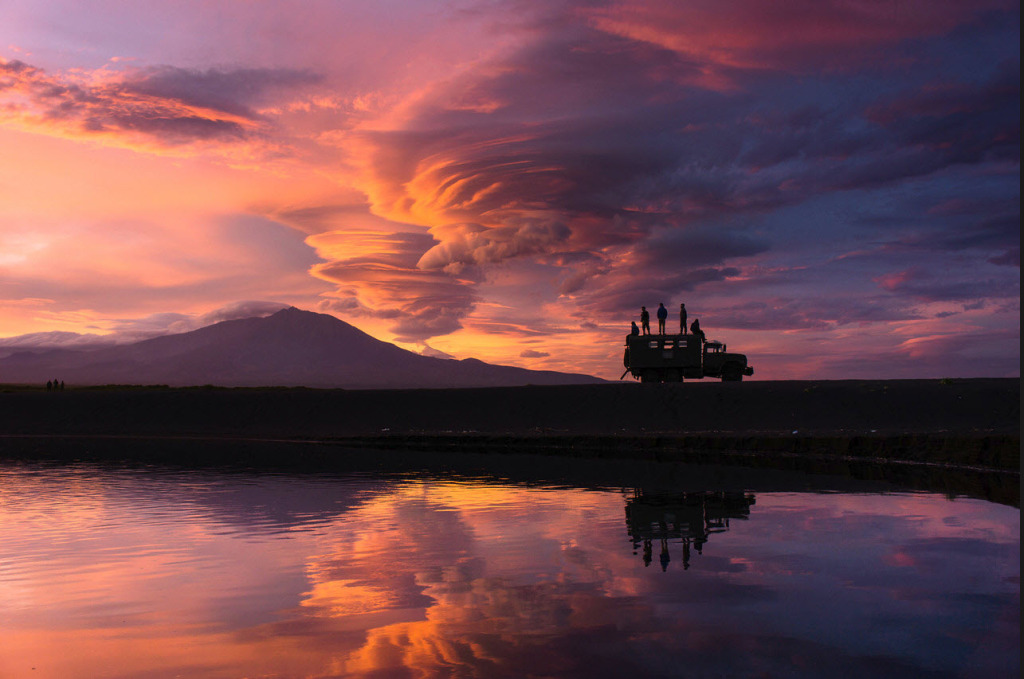
Expanding My Creativity
One of the biggest challenges of any art form is maintaining passion and creativity over time. This is even more apparent when one decides to make a career out of art. When I speak at events and conferences about the Business of Photography, many aspiring photographers mention that they are worried about losing their passion by effectively monetizing their creativity, which is certainly a legitimate concern. How many times have you heard a singer, actor or even photographer burn out, throw in the towel and try something else because they couldn’t take it anymore?
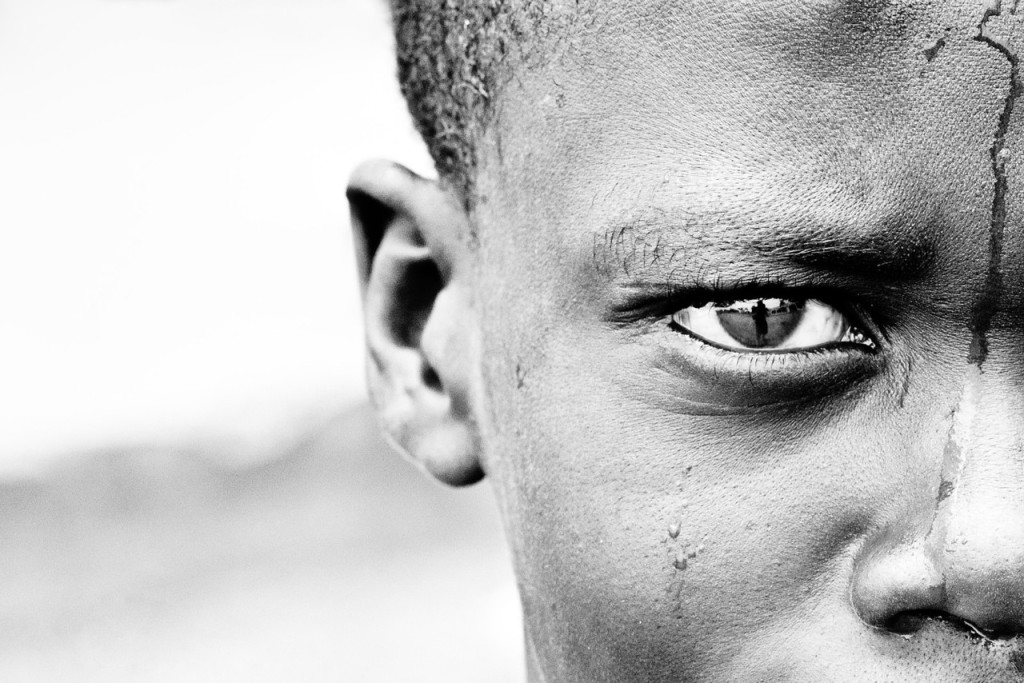
In my case, it was my love of travel, not photography, that made me choose this career. Instead of having an initial interest in say high fashion or wedding photography, both of which have a very specific focus, it was the all-encompassing idea of “travel” that sucked me in. Looking back, I feel it was this choice that got me started out on the right foot. You see, travel photography is incredibly broad. The idea is to capture the essence of a location, not just one specific thing or event, forced me to not only hone my skills with landscape and architecture photography, but people, journalism and wildlife photography as well. While I have never advertised myself as a wildlife photographer, for example, I will happily document wildlife that inhabits the locations that I have chosen to focus on.
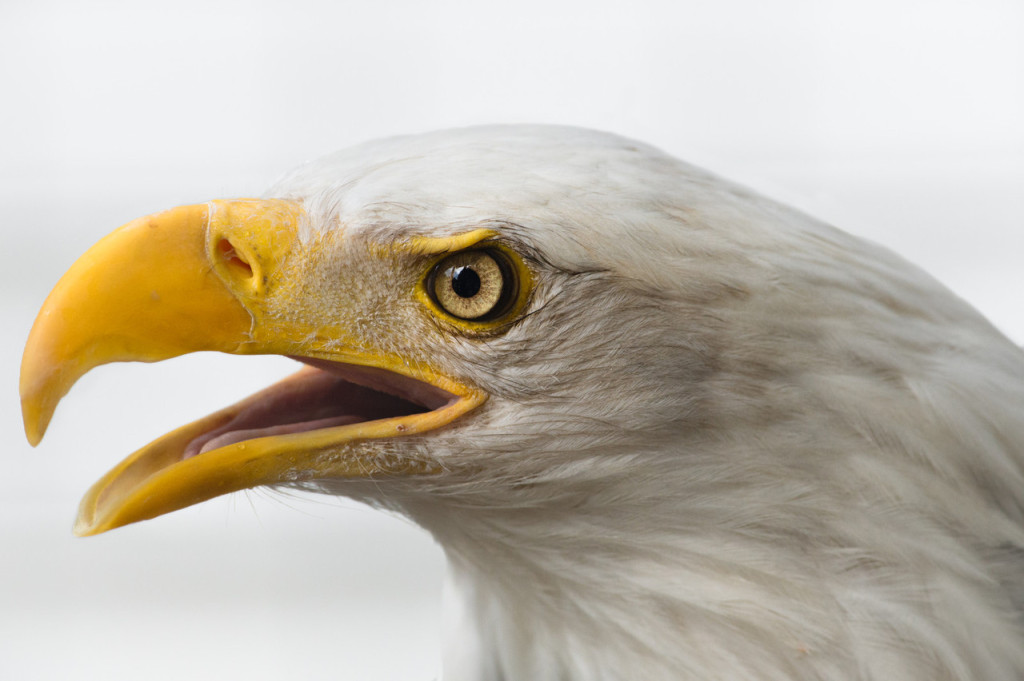
All in all, it has been this broad focus with photography that has helped keep my passion and creativity flowing over the years. If I find myself getting bored with landscape photography, I will shift my focus on getting environmental portraits when working with the Massai in Tanzania or focus on a specific event, such as “Petra at Night” when working in Jordan (seen below). Needless to say, every time I jump on an airplane and head to a new location, I am always shooting new things and because of that, I tend to push my creativity to new levels. By making this diversity part of my business model, I make sure that I am getting paid for all of my photography pursuits, not just a single specific kind of work.
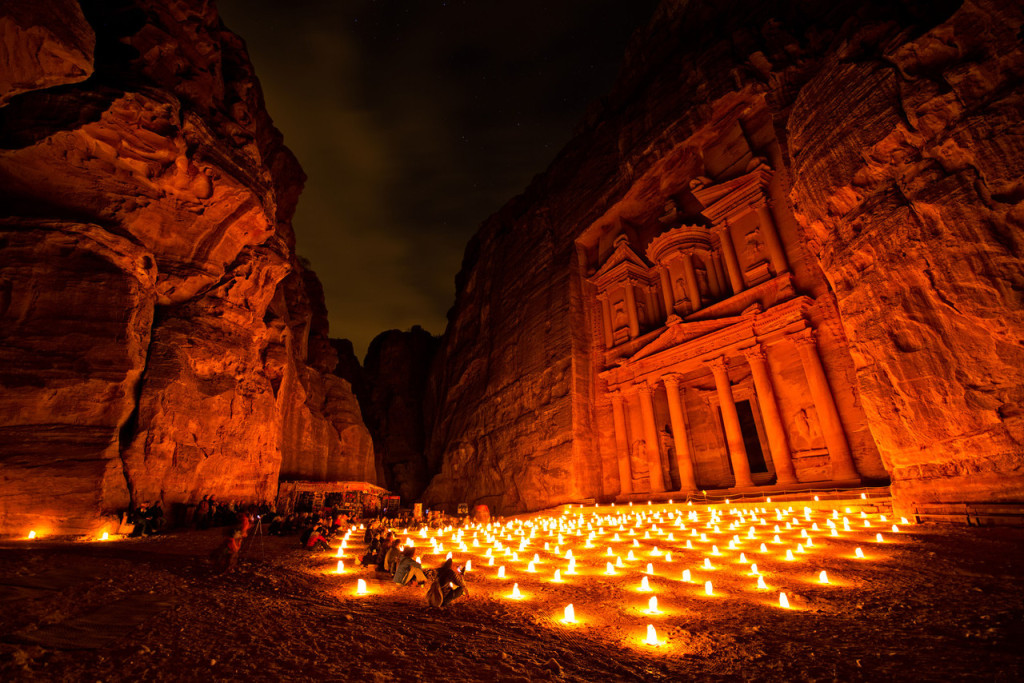
Having More to Offer
There is no doubt that the photo industry has changed over the last 10 years. Between the digital age of photography, the rise of social media and shift in advertising/marketing, the photo industry is more dynamic and ever-changing than it has ever been before. Over the last few years, many of the top photographers of the 90’s, the guys (and girls) that were making big money via stock photography or periodical work, saw their revenue streams dry up, almost overnight. While once a lofty goal, the idea of owning your own gallery has become somewhat antiquated because of the overhead costs associated with owning/renting a physical property. This evolution has forced photographers to adjust and change their ways. This isn’t to say that you can’t find success within these pathways, but it is becoming far from the norm as print sales and periodical work are not nearly as lucrative as they once were. The reality is that today, landing the cover of a magazine, even a major one, can barely help you pay the bills. So what is a photographer to do?
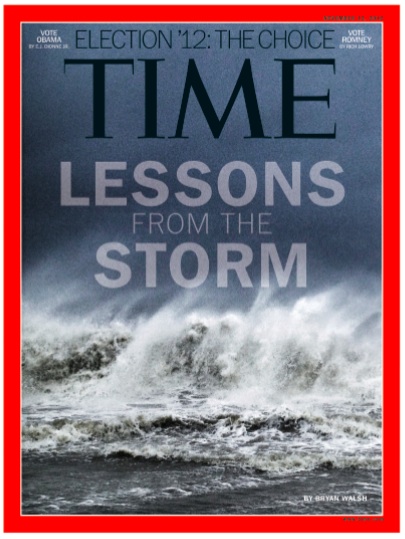
Just as with any business that faces similar challenges, one must learn to diversify. When I saw the writing on the wall a number of years ago, I made the choice to shift the focus of the value of my images from print/stock photography to a more diversified business model. Not only did I choose to focus my attention on photo education, writing books, consulting and doing contract work, but also in expanding the skills I have to offer. Ultimately the idea is to make yourself as attractive as possible to your potential clients. For example, if you want to pitch the Australian Tourism Board on a project, you might find that they are more willing to work with you if you can bring more to the table to begin with. In my case, this not only has to do with my large social media following as a marketing asset, but also my ability to document a wide variety of subjects on a given project or campaign. Ask yourself, if you were the client, would you want to hire a landscape photographer, travel photographer and a journalist to cover your needs or just find a single person that could do it all?
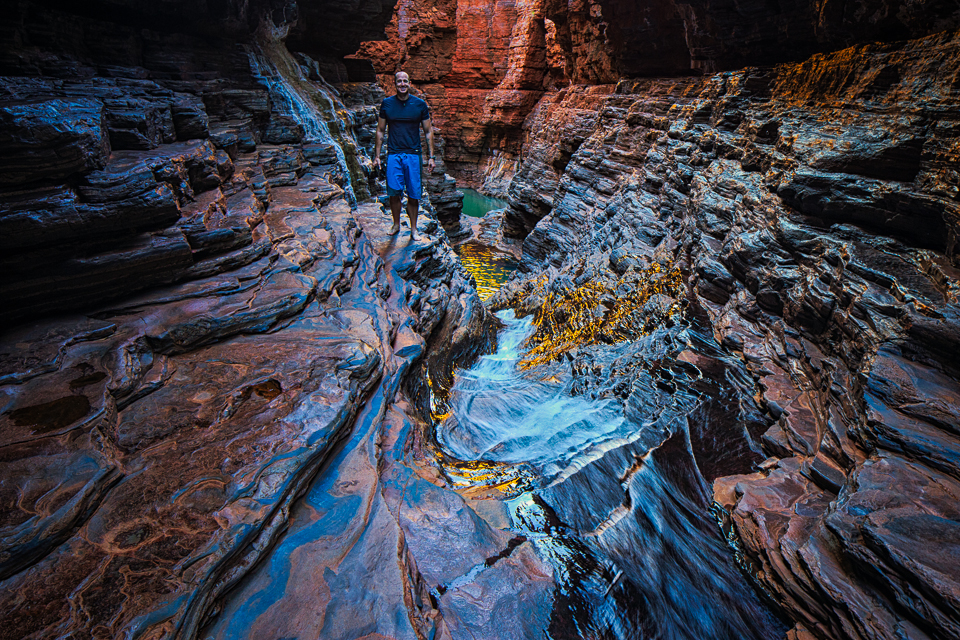
The Not So Easy Path
All this being said, I fully accept that this is not the easiest of pathways for a photographer. When a photographer labels himself as an “HDR photographer”, that allows him to direct his time and energy to one specific focus. It can allow you to become more effective with marketing what you have to offer and help you find clients who are looking for what you have to offer. This can be beneficial not only from a branding standpoint initially, but also a skill set point of view as well. Learning the tricks of the trade in portrait work or journalism is easier to master when you are more focused.
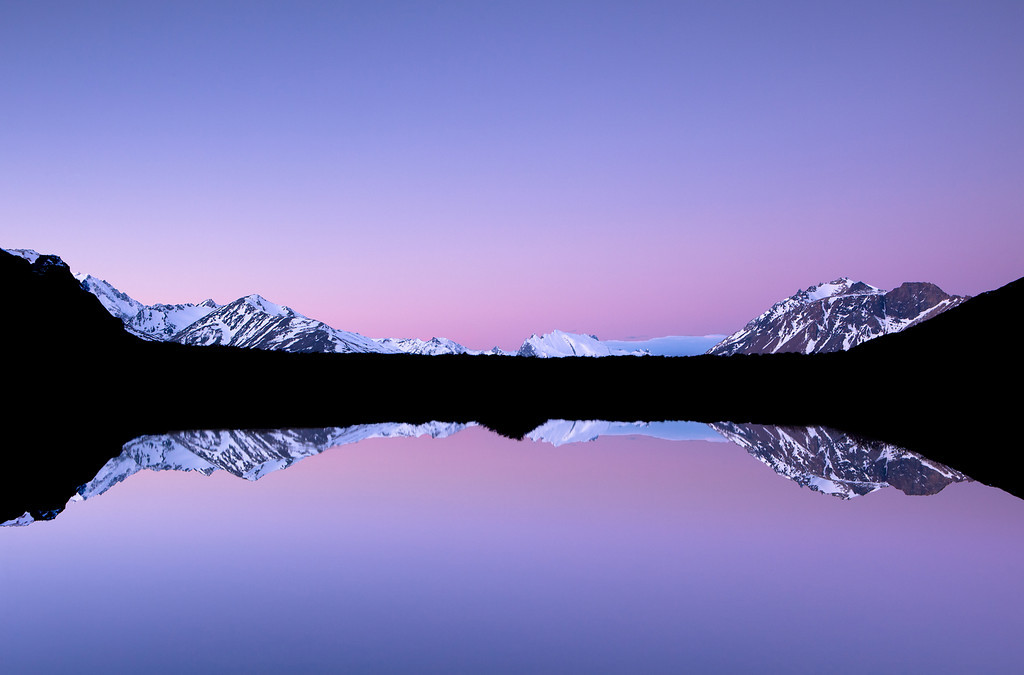
And to be honest, I feel that most aspiring photographers should pick a focus and work on perfecting it as best as they can. This gives you a higher chance of truly making it work, which is no simple task no matter how you decide to focus with photography. Even in the early days, I had to label myself as a “travel photographer” in order to get most of the jobs that I was fortunate enough to land, including working for National Geographic as a photography instructor in Ecuador for a year. In the end, we all have to start somewhere and it wasn’t until I was able to build my career and a name for myself that I have been able to enjoy a broader focus.
Doing What You Love
Ultimately, doing what you love should always be the point when it comes to being an artist, no matter if we are trying to make a living out of your art or are simply pursuing your passions. For many professionals out there, they might not feel a need or desire to expand their business skill sets and there is absolutely nothing wrong with that. If your heart is truly in landscape photography in the Sierra Nevada Mountains, then by all means…continue doing what you’re doing. But if you are like me, there are options out there. Being a landscape, travel and humanitarian photographer allows me to spread my passions, creativity and businesses across multiple verticals and market demographics. As a man that enjoys spending time with his family, I would rather get paid when pursuing all of my photographic interests, rather than force myself to spend more time away from those I love just to dabble in additional photographic genres for personal projects. Regardless, the moral of this story is to follow your passions and do what you love…the rest is simply semantics 🙂


